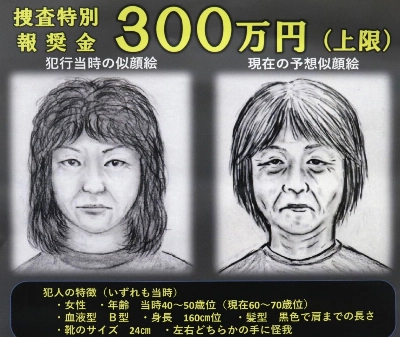You've hauled your bags off the conveyor belt onto the cart, you've skulked through Customs and you're staring blankly at an electronic board, trying to fathom which Limousine Bus is going where. You've heard that there is another Narita apart from this one dedicated to air travel, but somehow you've never had time to see it.
Narita suffers from an image problem. Though it has a great temple complex and has been a pilgrimage site for centuries, many are the long-term foreign residents of Japan who never get to see the place. If the temple known as Naritasan were anywhere other than beside Tokyo's main international airport, you somehow feel that more people would make the effort to go and visit.
But Narita has a long history, going way beyond the time when the first Jumbo rumbled onto its tarmac. Naritasan dates back to 940, shortly after a failed rebellion in Kanto. To suppress the rebellion, the emperor in Kyoto dispatched a punitive force and -- just to be on the safe side -- a holy statue of the deity Fudo Myoo to provide a little help from on high. The rebellion was duly quashed. But then, when it was time for everyone to pack up and go home, they found that -- mysteriously -- they couldn't move Fudo Myoo. Since the god quite clearly preferred being in Kanto to Kansai, they built a temple around him, and this became Naritasan.
















With your current subscription plan you can comment on stories. However, before writing your first comment, please create a display name in the Profile section of your subscriber account page.